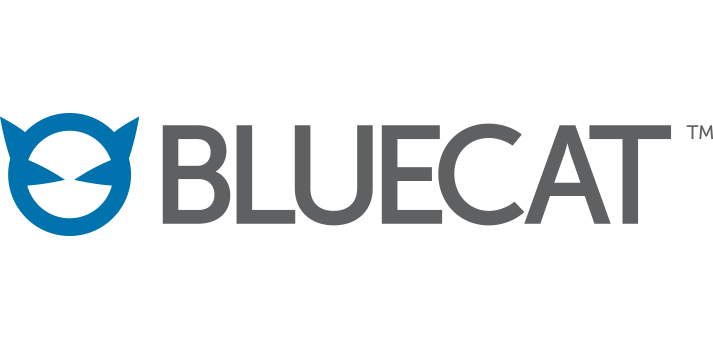
Overview
BlueCat Address Manager for AWS is part of BlueCat DNS Integrity portfolio of solutions, enabling IP Address Management capabilities on the AWS Cloud, providing an authoritative source of information about the network. BlueCat Address Manager for AWS provides valuable insight to enable informed management and security decisions for the enterprise. It allows strategic insight and rich integration with core network services to the AWS public cloud environment, enabling more reliable service delivery, greater agility, improved security and lower manual effort in administration throughout the corporate network environment. Providing powerful, software-driven IPAM capabilities for AWS in both hybrid and cloud-only environments, it provides network intelligence and insight into the relationship between devices, users and IP addresses that can be put into action to improve security and ensure reliable, always-on business connectivity.
Highlights
- No compromise IP Address Management: Powerful, software-driven IPAM capabilities for the AWS Cloud, enabling you to quickly and easily manage, track and assign IP addresses, networks and hostnames, all from a single web-based interface.
- Seamless Integration: BlueCat Address Manager seamlessly integrates with BlueCat DNS/DHCP Services to provide a unified solution for managing your IP address space and core network services, whether deployed on-premises or in the AWS cloud.
- Increase Agility: Expedite the completion of IT tasks and processes and make the most of IT resources by automating configuration activities and workflow to deliver services rapidly and reliably.
Details
Introducing multi-product solutions
You can now purchase comprehensive solutions tailored to use cases and industries.
Features and programs
Buyer guide

Financing for AWS Marketplace purchases
Pricing
Vendor refund policy
All refunds will be processed in accordance with your license agreement with BlueCat
How can we make this page better?
Legal
Vendor terms and conditions
Content disclaimer
Delivery details
64-bit (x86) Amazon Machine Image (AMI)
Amazon Machine Image (AMI)
An AMI is a virtual image that provides the information required to launch an instance. Amazon EC2 (Elastic Compute Cloud) instances are virtual servers on which you can run your applications and workloads, offering varying combinations of CPU, memory, storage, and networking resources. You can launch as many instances from as many different AMIs as you need.
Additional details
Usage instructions
Connect to the BlueCat Address Manager for AWS virtual appliance via SSH using bluecat as the username. From the Administration Console, type g to view all available commands, or run the help command to see a description of all available commands. Connect to the BAM user interface via your web browser using the IPv4 address of the instance set on eth0 when configuring your instance. Username is admin and the initial password will be the 'Instance ID' of the VM instance. Log in and begin creating configurations, views, zones, networks, and adding servers. For more information, refer to the Address Manager Administration Guide available on BlueCat Customer Care.
Resources
Vendor resources
Support
Vendor support
For around the clock, year-round support, visit the BlueCat Customer Care Portal at https://care.bluecatnetworks.com Email: support@bluecatnetworks.com North America: +1.866.491.2228 Europe: +44.8081.011.306 International: +1.416.646.8433
AWS infrastructure support
AWS Support is a one-on-one, fast-response support channel that is staffed 24x7x365 with experienced and technical support engineers. The service helps customers of all sizes and technical abilities to successfully utilize the products and features provided by Amazon Web Services.
Similar products



